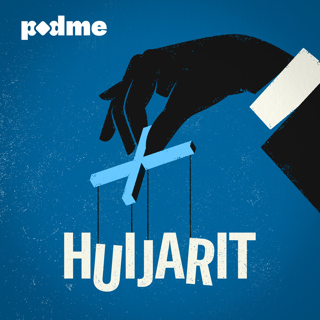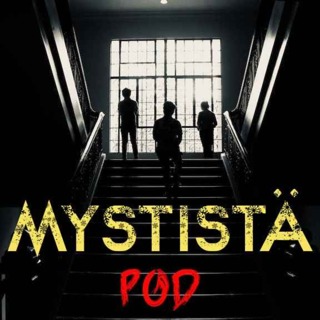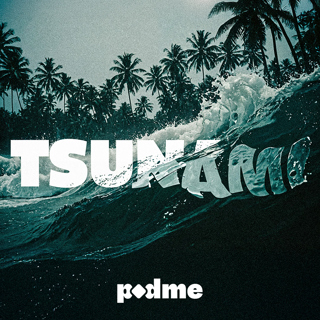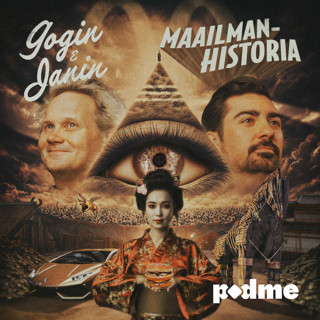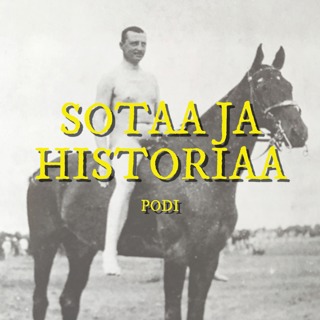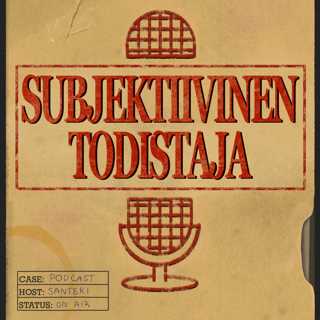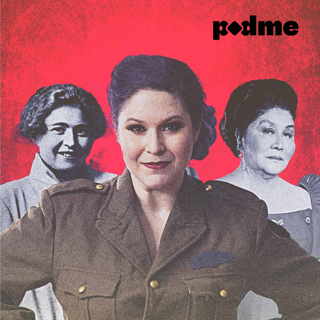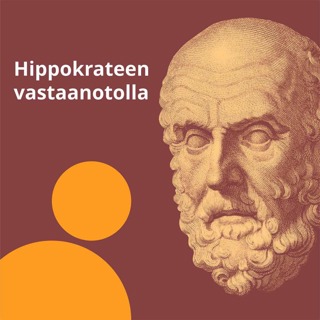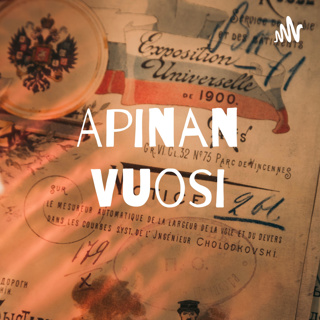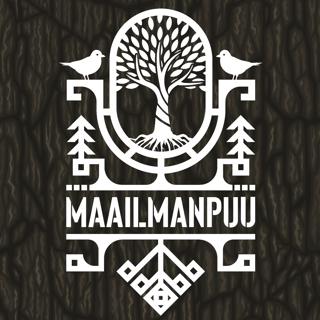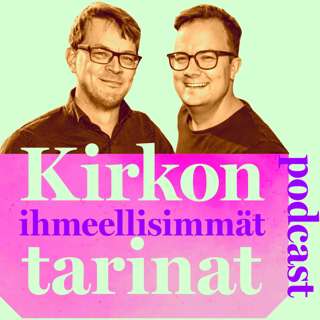
The Lost Tomb of Alexander the Great
In his lifetime King Alexander III of Macedon, better known as Alexander the Great, forged one of the largest empires in ancient history. But it was what happened to Alexander following his demise – his ‘life after death’ - which resulted in one of the great archaeological mysteries of the ancient Mediterranean.Following his death, aged just 32, his corpse became of prime importance for his former subordinates – a talismanic symbol of legitimacy during the tumultuous period that was the Wars of the Successors. Later still, the body and tomb of this great conqueror – placed right in the centre of ancient Alexandria – retained its importance. From Ptolemaic pharaohs to Roman emperors, Alexander’s tomb became a place of holy pilgrimage for many seeking power and prestige. For several centuries the tomb of this Macedonian ruler was one of the great attractions of the ancient Mediterranean. That was, however, until the end of the 4th century when all mention of this building, and the precious corpse housed within, disappeared. So what happened to Alexander’s tomb? And where might Alexander’s body be buried today? To talk through several theories surrounding one of ancient history’s great archaeological mysteries, Tristan chatted to Dr Chris Naunton. The third of 3 episodes we recorded with Chris earlier this summer.Chris' Twitter / Instagram: @chrisnauntonTristan's Twitter / Instagram: @ancientstristanAlexander the Great: The Greatest Heist in History documentary, featuring both Tristan and Chris: https://access.historyhit.com/videos/alexander-the-great-the-greatest-heist-in-history Hosted on Acast. See acast.com/privacy for more information.
3 Loka 202155min

The Oldest Human Footprints in North America
This week our understanding of when humans first inhabited the North American continent has been turned on its head … by a set of c.22,000 year old footprints. In this episode, hear how footprints can form crucial evidence for populations of prehistoric people and animals, and how now extinct famous megafauna such as mammoths and giant sloths once interacted with early humans. To reveal all about this ground breaking new discovery, Tristan was joined by Bournemouth University's Dr Sally Reynolds.Sally's Twitter - @SallyR_ISLHETristan's Instagram / Twitter - @ancientstristan Hosted on Acast. See acast.com/privacy for more information.
30 Syys 202128min

Roman Weapons
Legendary leaders and notorious battles, we imagine the sound of clinking armour. But what did the Romans take with them into battle? In the second of our episodes recorded at Chalke Valley History Festival, Legio II Augusta's David Richardson talks through a selection of iconic weapons and deadly devices used by Roman soldiers.Legio II Augusta Website - https://www.legiiavg.org.uk/For behind the scenes and extra Ancients, follow Tristan on Instagram at https://www.instagram.com/ancientstristan/ Hosted on Acast. See acast.com/privacy for more information.
26 Syys 202144min

Werewolves and Strix-Witches
It’s werewolf time on the Ancients! In this episode Exeter University’s Professor Daniel Ogden highlights how these mythical creatures have their origins in ancient times and thrived in a story world shared by witches, ghosts, demons and dragons. Join Tristan and Daniel as they shine a light on werewolf (or werewolf-related) stories that survive from antiquity. From Homer’s Circe to Petronius’ Satyricon. Also making an appearance is the Strix-Witch, a Roman phenomenon and persistent feature of their folklore. Daniel’s new book, The Werewolf in the Ancient World, is out now.For behind the scenes and extra Ancients, follow Tristan on Instagram at https://www.instagram.com/ancientstristan/ Hosted on Acast. See acast.com/privacy for more information.
23 Syys 202141min

Fortress Cilicia: Megastructures in the Near East
In the aftermath of Alexander the Great’s death, his empire became the subject of a series of titanic clashes: the Wars of the Successors. In this episode of the podcast, Dr Nick Rauh takes us through some of the monumental Hellenistic super fortresses built during this period in ancient Rough Cilicia, modern day southeast Turkey, along the Northeast Mediterranean shoreline. He also highlights the importance of this area of the ancient world to preceding superpowers such as the Assyrians and the Persians. Nick is a professor of Classics at Purdue University.Fair warning, we nerd out quite heavily in this podcast, so below are some references to help!Map of ancient Anatolia (Asia Minor), with place names mentioned in the podcast: https://www.worldhistory.org/img/c/p/1200x627/253.pngThe Ptolemaic Kingdom - Hellenistic kingdom centred around Egypt that emerged in the aftermath of Alexander the Great's death.The Seleucid Kingdom - Hellenistic kingdom centred around Syria / Mesopotamia, that emerged in the aftermath of Alexander the Great's death.Antigonus the One Eyed - Prominent general during the Wars of the Successors. Father of Demetrius. Enemy of Eumenes of Cardia (Alexander the Great's former secretary).Demetrius - Son of Antigonus and another prominent general during the Wars of the Successors.Ovacik Peninsula - Cape TisanFor behind the scenes and extra Ancients, follow Tristan on Instagram at https://www.instagram.com/ancientstristan/ Hosted on Acast. See acast.com/privacy for more information.
21 Syys 202154min

Clodius: Best Villain of the Roman Republic?
Historian and author Dr. Emma Southon returns to the Ancients to shine a light on the life - and murder - of Publius Claudius Pulcher (aka Clodius), and why this horrible, colourful figure was so significant in the demise of the Roman Republic.Emma's Twitter - https://twitter.com/NuclearTeethTristan's Instagram - https://www.instagram.com/ancientstristan/ Hosted on Acast. See acast.com/privacy for more information.
19 Syys 202146min

Maya Warfare and Sacrifice
With a history stretching back thousands of years, it’s about time that the Ancients started looking at the extraordinary Maya civilisation in Central America. Even with a range of sources that survive, many aspects of these ancient peoples remains debated and shrouded in mystery. This is especially true when studying warfare and the whole idea of ‘sacrifice’. What were the rules of engagement for the ancient Maya? What was the purpose of warfare? How did they define winning? And what would happen to those captured in war? Could they have been sacrificed? Joining Tristan today is Professor Elizabeth Graham, a titan of Mesoamerican archaeology who has been researching the Pre-Columbian Maya for several decades. Liz puts forward a very strong case for why she believes there was not human sacrifice among the Classic Maya and why we should not associate the occasional killing of captives with that term.For behind the scenes and extra Ancients, follow Tristan on instagram at https://www.instagram.com/ancientstristan/ Hosted on Acast. See acast.com/privacy for more information.
16 Syys 202153min

The Origins of Civilisation
The world is constantly changing, and so has the perception of civilisation, but what exactly are the origins of this concept? Helping us answer this question from an anthropological and archaeological perspective, Professor Nam Kim joins Tristan once again on The Ancients. We explore how advances in these disciplines are helping to answer this long-examined question.Nam is an anthropological archaeologist and Professor of Anthropology at the University of Wisconsin-Madison Hosted on Acast. See acast.com/privacy for more information.
12 Syys 202158min




